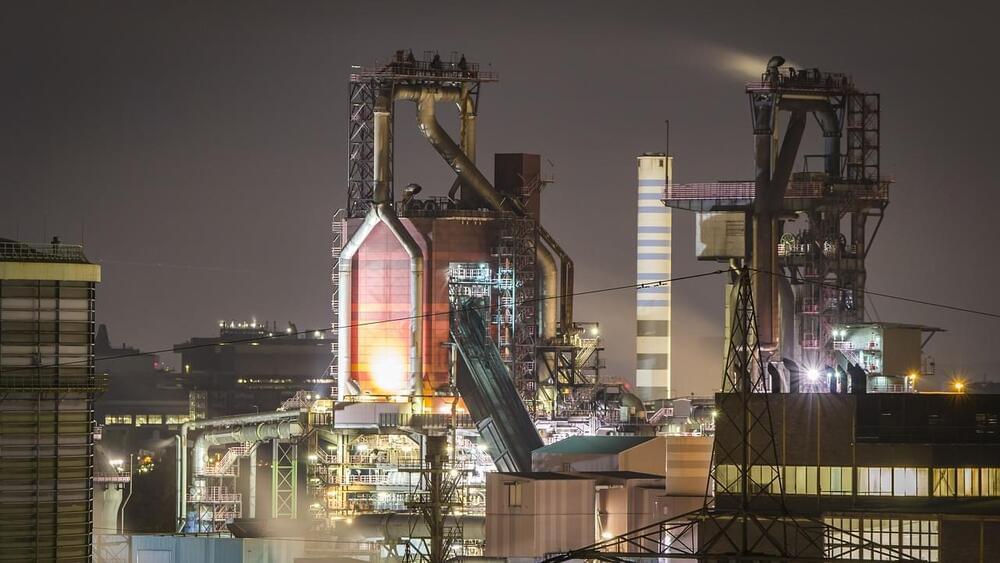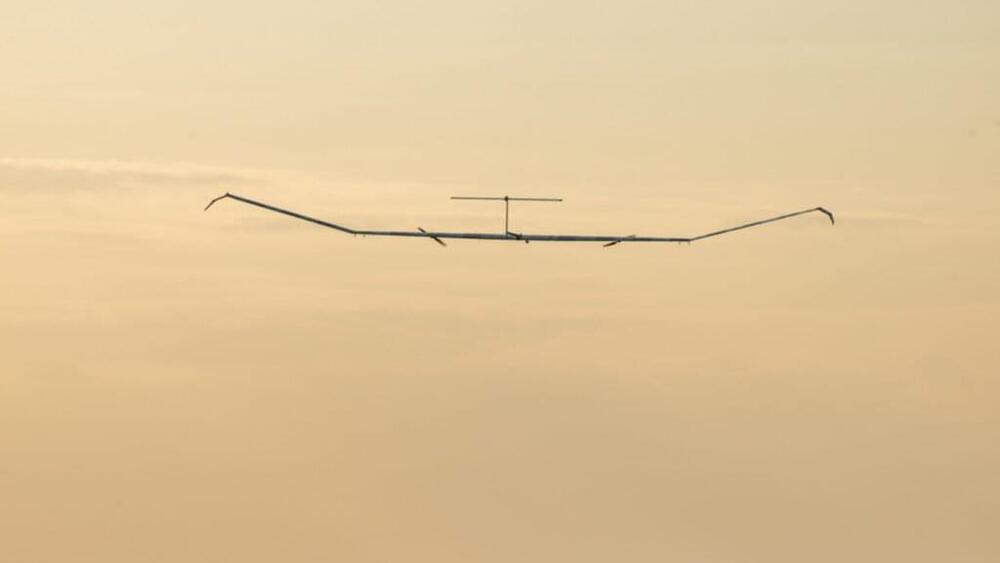This post is also available in:  עברית (Hebrew)
עברית (Hebrew)
A US Robotics company is adding new artificial intelligence anomaly detection capabilities to its autonomous Scout System drone. A leading US provider of private wireless data, drone and automated data has announced that the new containment capabilities will enable oil and gas customers to minimize environmental risks, clean-up costs, fines, and litigation expenses.
Suasnews.com reports that the loss of containment analytics feature will accelerate early detection and location of crude oil leaks before they become critical to customers by providing frequent, autonomous inspections of oil and gas pumpjacks, heater treaters, tanks, pipes, pumps, and more via the autonomous Scout System. Autonomous drones have become a crucial component to ensuring safety and conducting regular inspections within the oil and gas industry.


